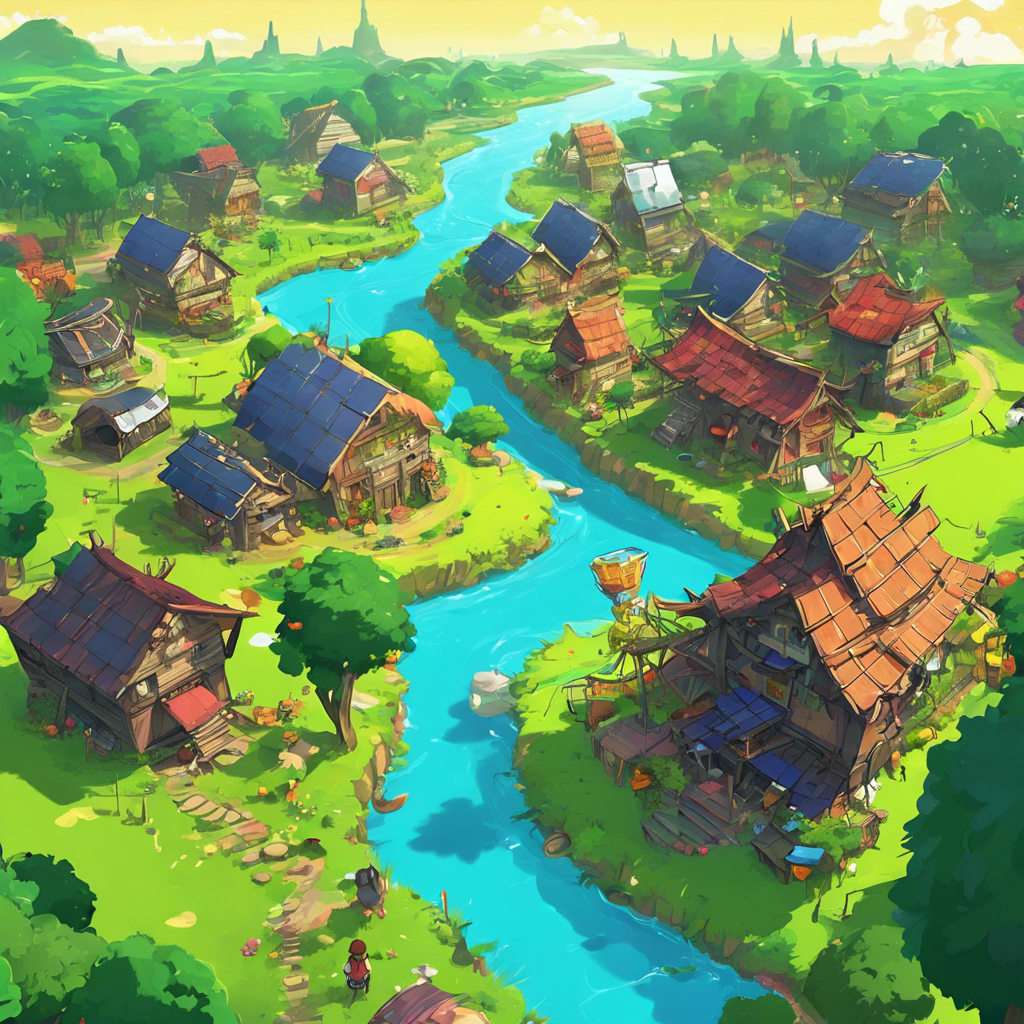British anthropologist Robin Dunbar postulated that we have a cognitive limit to the number of people with which we can maintain a stable social relationship. He formed this opinion by studying the size of primate brains against the size of their average social group. From here he extrapolated upwards to the brain size of human beings to assume that our probable cognitive limit is 150 people. This is known as Dunbar’s Number.
Dunbar explained this principle informally as “the number of people you would not feel embarrassed about joining uninvited for a drink if you happened to bump into them in a bar.” In reality this number encompasses immediate nuclear family, close acquaintances and then further out, colleagues and more distant relations. What is interesting is that in his research he found that there were anthropological and ethnographic examples of this number through history. The estimated size of most neolithic farming villages, the splitting point of Hutterite settlements, the basic unit size of professional armies in Roman antiquity and in modern military, the assumed appropriate size of a company.
As an interesting (to me) thought experiment, I’m going to plan a modern, off-grid, self sufficient village of about 150 people.
Model Citizens
Let’s say for a minute that we want to design the perfect village of roughly 150 people. We can form a plan based on the average size of a typical nuclear family of around 3–5 people.
Assuming an average family size of 4 people (which is a common global average, with 2 parents and 2 children):
150 people ÷ 4 people per family = 37.5 families, or approximately 37–38 nuclear families.
Assuming a slightly smaller family size of 3 people (in areas with lower birth rates or smaller family structures):
150 people ÷ 3 people per family = 50 nuclear families.
Assuming a larger family size of 5 people (in areas with higher birth rates):
150 people ÷ 5 people per family = 30 nuclear families.
Our target for starting population size would be 37-38 nuclear families, giving us about 76 adults, with an equal split of men and women, anywhere between 30 and 50 families would be an ideal starting place. But how much land will we need to survive? After all, we want to be self sufficient. This would mean having enough land to farm and live on.
If we assume a middle ground for an omnivorous, but protein rich diet, based on collaborative farming practices (increasing efficiency), we can estimate our needs, roughly. Two acres per person, per year is about average expectations. If we include farming practices such as rotational grazing, integrated crop livestock systems and agroecology we can reduce that by perhaps 10-20%. This gives us a total of 255 acres required for a 150 person village.

Build me a village
Within this theoretical village we are going to have to perform some zoning. We’ll need housing for 30-50 families, community buildings and some water and sanitation facilities (communal or otherwise). Our agricultural areas would have to be zoned based on the location of the village.
Let’s assume we’re working with 255 acres. Below is a breakdown of how we could allocate land based on the agricultural zones and residential/community space:
- Residential Area: About 15–20 acres (This includes housing, communal buildings, pathways, and green spaces).
- Animal Grazing and Protein Production: About 150–170 acres (Cattle, sheep, goats, chickens, and potentially fish ponds).
- Crop Fields: About 80–90 acres (Growing grains, vegetables, and legumes).
- Water Management and Communal Areas: Around 10–15 acres for water features (ponds, reservoirs) and communal areas (storage, central village square).

Residential Area:
Houses for 30–50 nuclear families.
Community buildings: A communal area for gatherings, storage buildings for food and tools, and maybe a shared kitchen.
Water and sanitation facilities close to homes.
Agricultural Zones:
Animal Grazing Areas: This will include rotational grazing sections for cattle, sheep, goats, and perhaps free-range chickens.
Crop Fields: Divided into sections for grains (e.g., wheat, corn), legumes (e.g., beans, peas), and vegetables (e.g., leafy greens, root crops). It could also include orchards or agroforestry areas.
Integrated Crop-Livestock Systems: Some parts of the field can allow animals to graze on the residue of harvested crops.
Protein Production:
Animal Housing: Areas for barns or pens for livestock when not grazing (especially in colder climates or at night).
Fish Ponds (optional): Aquaculture for fish can provide additional protein.
Dairy and Egg Production: Areas for milking cows, goats, and keeping chickens for eggs.
Water Management:
Irrigation Systems: Channels or reservoirs for water distribution to crops and livestock. Ideally, some form of water collection system such as ponds or rainwater harvesting.
Ponds or Wetlands: For both irrigation and potential aquaculture (fish farming).
Communal Areas:
Central Village Square: A space for community interaction, close to residential areas.
Storage Buildings: For crops, feed, and tools, along with a community market area for surplus sharing.

The Participatory Governance Experiment
For a small village of 150 people with participatory governance, tailored committees would be a way to ensure decision-making is effective and representative while keeping group sizes manageable. After all, we know that nothing ever gets decided by a large committee. Our governance model will need to be reflective of the needs of a small village.
Governance Principles
- To avoid stalemates in voting, committees should have an odd number of members (e.g., 3, 5, or 7 people).
- Committees can reflect traditional gender roles but also encourage cross-involvement where appropriate. This ensures flexibility and fairness, while still recognizing different skill sets.
- To prevent any individual or group from holding power too long, committee memberships could rotate every year or two.
General Councils
- Agriculture and Food Production Committee – 5 members (3 men, 2 women)
- Community Health and Welfare Committee – 5 members (3 men, 2 women)
- Conflict Resolution and Justice Committee – 3 members (2 men, 1 woman)
- Infrastructure and Maintenance Committee 5 members (3 men, 2 women)
- Education and Culture Committee – 3 members (2 women, 1 man)
- Resource Allocation and Finance Committee 5 members (3 men, 2 women)
Village Leadership Roles:
- Village Council (Oversight and Review) 7 members (4 men, 3 women)
Special Committees (Temporary or Advisory)
- Environmental or Sustainability Committee: 3 members (2 women, 1 man)
- Trade and External Relations Committee 3 members (2 men, 1 woman)
This gives us an initial number of 39 adults allocated to governance and management of resources and planning. Leaving 37 adults who can rotate into committees during subsequent terms or participate in ad-hoc committees for special events, festivals or even a crisis. It also allows for those who want to focus on other areas of daily life.

Rules of Engagement
We have our structure, let’s create a constitution for citizens to abide by.
- Participatory Governance: Major decisions will be made by all adults in village-wide meetings.
- Committee Structure: Governance is carried out through small, gender-balanced committees with odd-numbered members to avoid stalemates.
- Rotating Roles: Committee membership rotates every 1 years to distribute power and responsibilities fairly.
- Transparency: All decisions and financial records will be open to the village, with regular reviews in public meetings.
- Conflict Resolution: A dedicated committee will handle disputes, with unresolved issues brought to a village-wide vote.
- Majority Rule: Decisions are made by consensus when possible, otherwise by majority vote.
- Sustainability: The village will follow sustainable practices to protect the environment for future generations.
- Equal Contribution: All adults are expected to contribute through labor, governance, or communal tasks based on their skills.
- Respect and Equality: The village will protect individual rights, as that is the smallest minority. Non aggression principle
- Constitution Review: The constitution will be reviewed every 5 years, with amendments requiring a two-thirds majority vote.
Under the constitution all adults in the village can bring the rule of ostracism to the village council. For breaking the non aggression principle:
- Clear Cause: Ostracism can only be initiated for serious offenses, such as repeated violence, theft, severe breaches of trust, or actions that endanger the community.
- Formal Complaint: A formal complaint must be submitted to the Conflict Resolution and Justice Committee, outlining the specific offenses.
- Investigation and Hearing: The committee will conduct a thorough investigation and hold a hearing where the accused has the right to defend themselves and present evidence.
- Village-Wide Vote: If the committee finds grounds for ostracism, the issue will be put to a village-wide vote. A two-thirds majority is required to approve the ostracism.
- Appeal Process: The accused may appeal the decision once, triggering a second village vote after one month. If ostracism is confirmed again by a two-thirds majority, the decision is final.
- Proportional Consequences: Before full ostracism, lesser penalties such as temporary exclusion from committees or loss of certain privileges must be considered.

Plan B Paraguay
You can guess that I have given this some thought over the last while as I watch what is happening in the world. Given a number of like minded individuals this doesn’t appear to be beyond the realms of possibility. But where do you choose to do this? Actually, I think Paraguay is in with a good shout of being a perfect location.
The country’s eastern regions, such as Caazapá, Itapúa, and San Pedro, are known for their fertile soil and suitable climate for both crop farming and livestock, making them ideal for a community that focuses on collaborative farming and a protein-rich diet. Access to natural water sources is essential for irrigation, drinking, and livestock, so selecting land near rivers or aquifers would be critical.
Paraguay’s openness to foreign land ownership and its legal structures also makes it simpler to invest, though the local legal terrain requires careful navigation apparently. Low taxes and agricultural incentives further simplify the process.
In short, Paraguay seems to offer a stable, agriculturally rich environment, with laws favoring foreign ownership, which makes it a prime candidate for self-sufficient community. The next steps: detailed regional research, land acquisition, and meticulous planning.
That being said, you can’t speak about planning without talking about money. Depending on where you buy the land and what infrastructure you intend on developing it could run to a very expensive exercise. I’ve managed to wrangle a rough cost range out of ChatGPT but I won’t go too far into details.
- Land Acquisition – Cost: $300 – $1,500 per acre – Estimated Cost: $75,000 – $450,000
- Construction Costs – Estimated Total: $500,000 – $1,500,000
- Farming and Agricultural Setup – Estimated Total: $100,000 – $300,000
- Renewable Energy and Utilities – Estimated Total: $70,000 – $200,000
- Legal and Administrative Costs – Estimated Total: $20,000 – $55,000
Initial Setup Costs (per adult):Low estimate: $10,066 per adult / High estimate: $34,934 per adult
Estimated Initial Setup Cost: $765,000 – $2,655,000.
- Annual Maintenance and Farming Costs: – $50,000 – $150,000 per year.
- Living Expenses: $100,000 – $200,000 per year for 150 people.
Annual Operating Costs (per adult): Low estimate: $1,974 per adult / High estimate: $4,605 per adult
Conclusion
All that’s left to do now is write the advert and seek like minded individuals to form the resistance.
It is character forming, after all.



